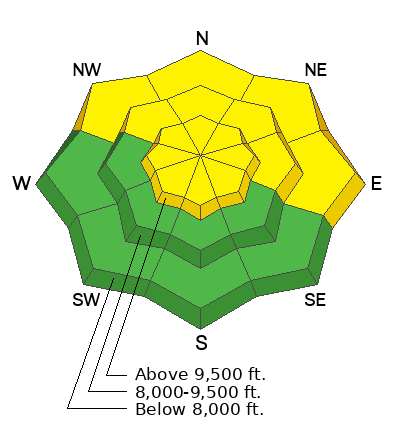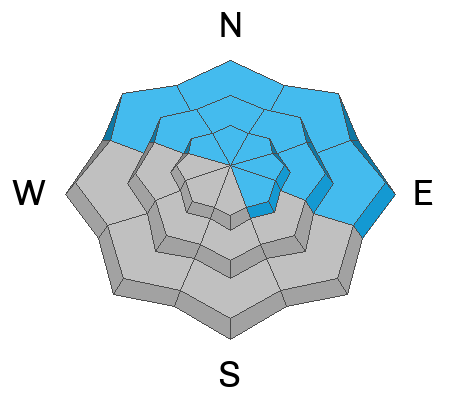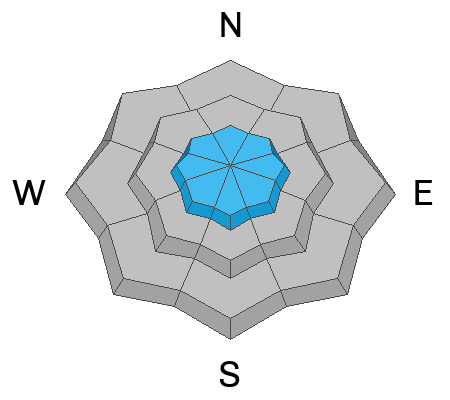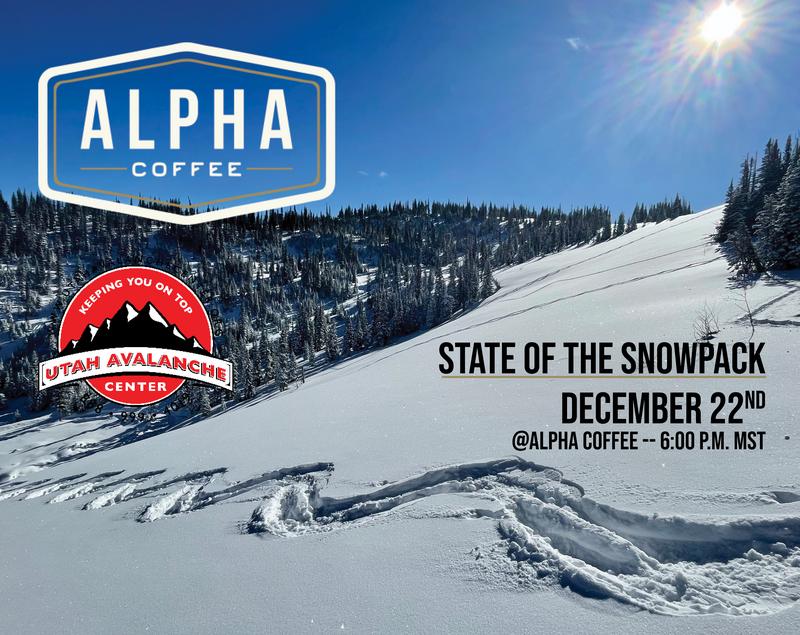Forecast for the Provo Area Mountains

Issued by Dave Kelly on
Tuesday morning, December 20, 2022
Tuesday morning, December 20, 2022
The avalanche danger is MODERATE at all elevations northwest-north-northeast-east because of a persistent weak layer buried 1-4' deep. There is also a MODERATE danger on all aspects at upper elevations because increased winds have been drifting snow.
There is a LOW danger at low and mid elevation slopes facing west and southerly directions.

Low
Moderate
Considerable
High
Extreme
Learn how to read the forecast here









